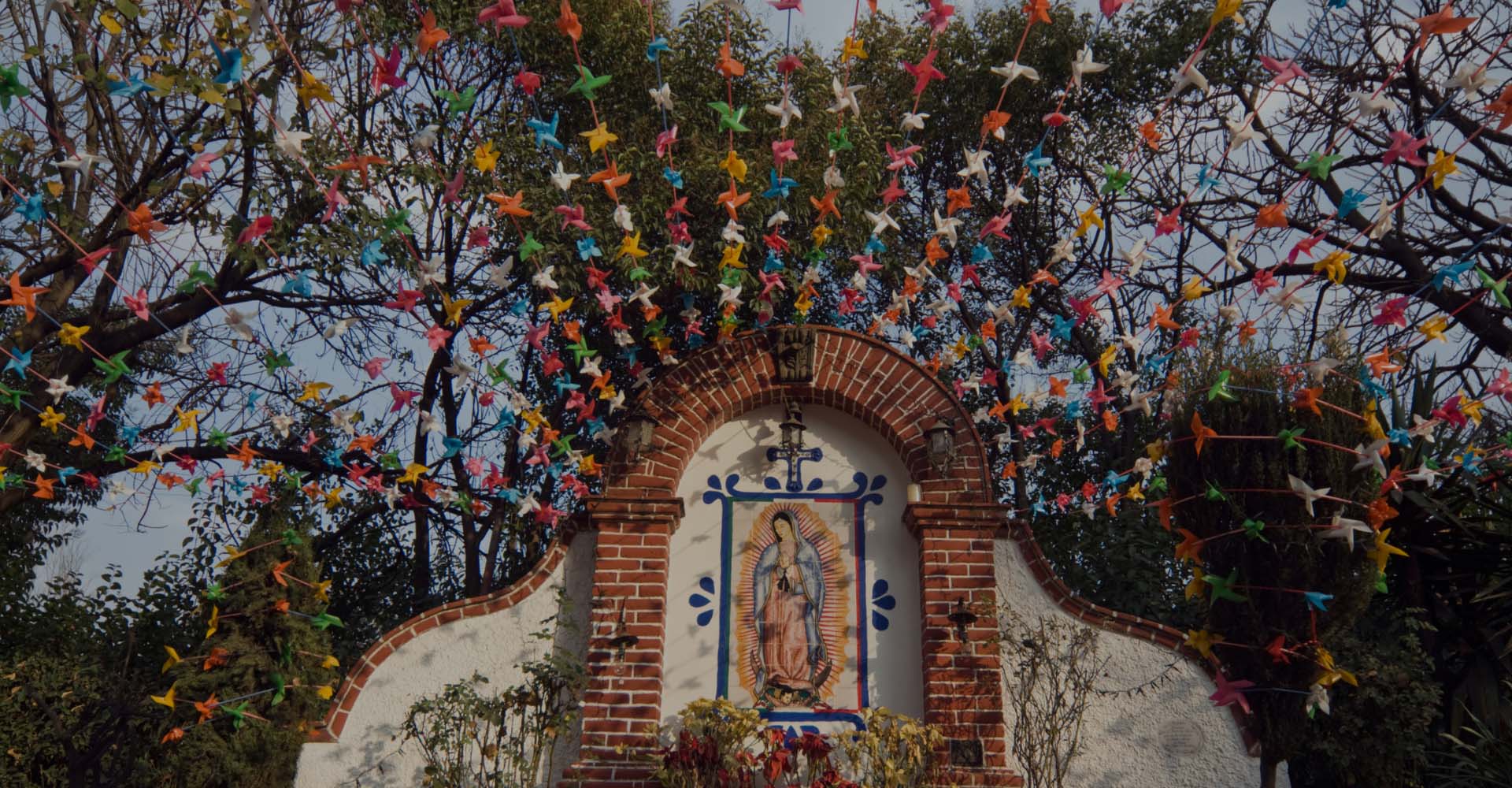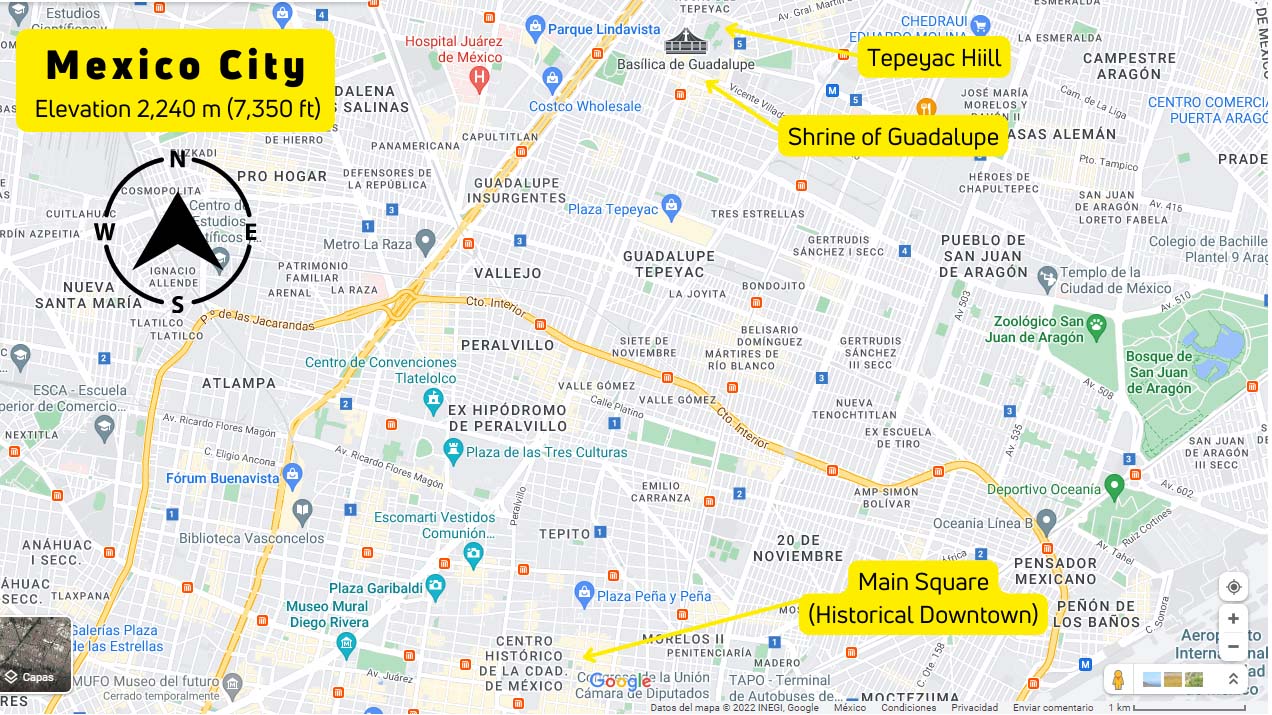recent articles
Get the most up to date information, insights, and techniques from our premiere immersion learning specialists!

In 1531 a native of Mexico, Juan Diego, witnessed the appearances of the Holy Mother of Jesus Christ on the hill of Tepeyac, in the north area of Mexico City. In one of her several appearances she gave him orders to carry out, on her behalf, a request to the local priest. Juan Diego asked her for proof in order to be taken seriously. He was instructed to collect some roses and rosebuds that grew nearby. He carried those flowers in his cloak (tilma). At the time when he was addressing the local Catholic authorities about Virgin Mary’s request he opened his tilma and there was, miraculously imprinted the very image of Virgin Mary, Our Lady of Guadalupe. The local authorities were able to recognize the miracle because roses weren’t a flower that were harvested in Mexico but in Europe. Do you realize the sublime importance of her name?
The request of the Virgin was that on the top of the hill of Tepeyac should be erected a shrine in her name. Despite Spaniard’s images of saints and virgins brought from across the Atlantic Ocean when they colonized Mexico, this particular image depicts a woman of color (not white). Needless to say she’s one of the two most important pillars that define Mexican identity as a nation. Religious imagery of Our Lady of Guadalupe appears in Roman Catholic parishes, especially those with Latin American heritage. In addition, due to the growth of Hispanic communities in the United States, religious imagery of Our Lady of Guadalupe has started appearing in some Anglican, Lutheran, and Methodist churches.

Every December 12th millions of pilgrims, often traveling great distances, arrive at the site of the shrine of La Virgen Morena, as she’s lovingly known by her devotees. She is accountable for many miracles and it is typical to see children, teenagers, women, men, and elders; despite health, climate, or transportation challenges make the trip to pay homage to this beautiful, native woman who happens to be the Mother of all Mexicans.
These devotional pilgrimages span centuries with development of multiple basilicas at the site, the most recent one completed in 1976.
Visiting such a holy place is a stunning experience and an ineffable one, even if one’s from a different religion. The energy focused on homage, the relentless effort invested in getting there, the light in people’s eyes, the profound smell of local incense (copal, which is a combustible vegetable oil), the sound of the local musicians, the dancers, and the myriad of local and lovely prayers that are faithfully spoken is hard to describe. Yes, one can be lost in translation, this is a good reason for many seekers and spiritual persons to learn Spanish, because the original holy energy is best transmitted in the original language: Spanish.
Do you have a friend whose first name is Guadalupe? Of course many people are baptized in her name: Guadalupe. This name has a Náhuatl root, which is the Spanish version of coatlaxopeuh (a Náhuatl original language of the first men and women who inhabited México before the Spanish conquest of the Aztec Empire), which means the one who crushes the snake. The short name for a woman (or even a man) is “Lupita” (for women) or “Lupe” (both for women and men).
Get the most up to date information, insights, and techniques from our premiere immersion learning specialists!
// this hack forces VvPrismVars' output style block to cascade after the prismjs css does